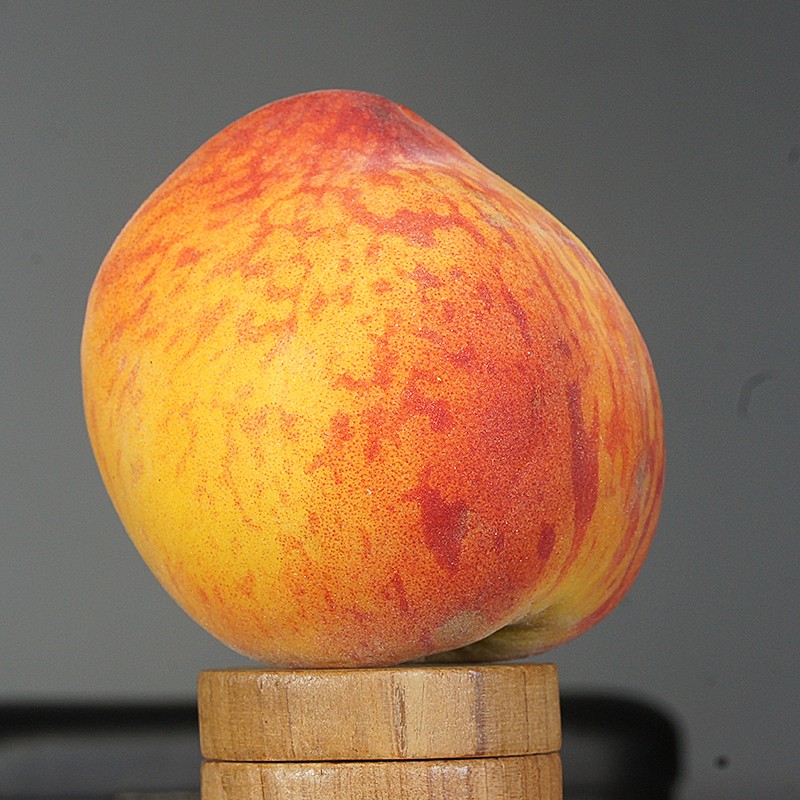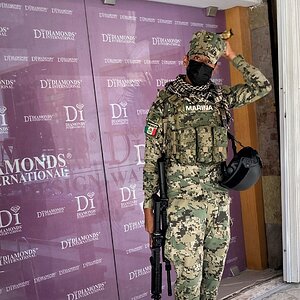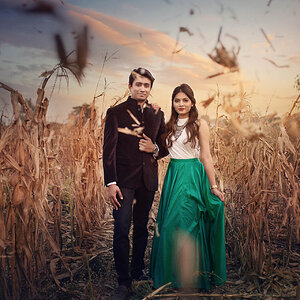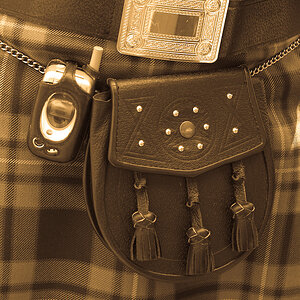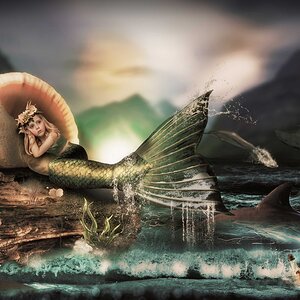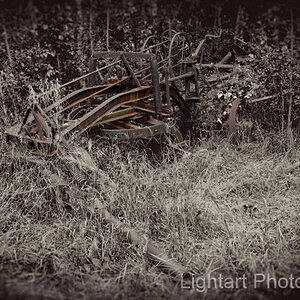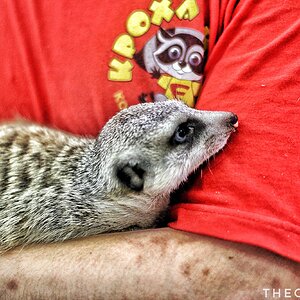Actinia
No longer a newbie, moving up!
- Joined
- Aug 2, 2014
- Messages
- 203
- Reaction score
- 46
- Location
- Essex, UK
- Can others edit my Photos
- Photos OK to edit
I like to take photos of Fungi. One problem is that woods in autumn tend to be dark places. I have regularly taken fungi using a ringflash. Two problems with this are that firstly, it is harder to focus in the dark and second, the image tends to be rather flat.
In anticipation of the forthcoming fungus season, I bought a pair of small LED lights from Jessops. I tried these out on an egg, a peach and a celeriac. These were chosen because they provide a matt surface which would emulate various fungi. Here they are:
#1 an egg
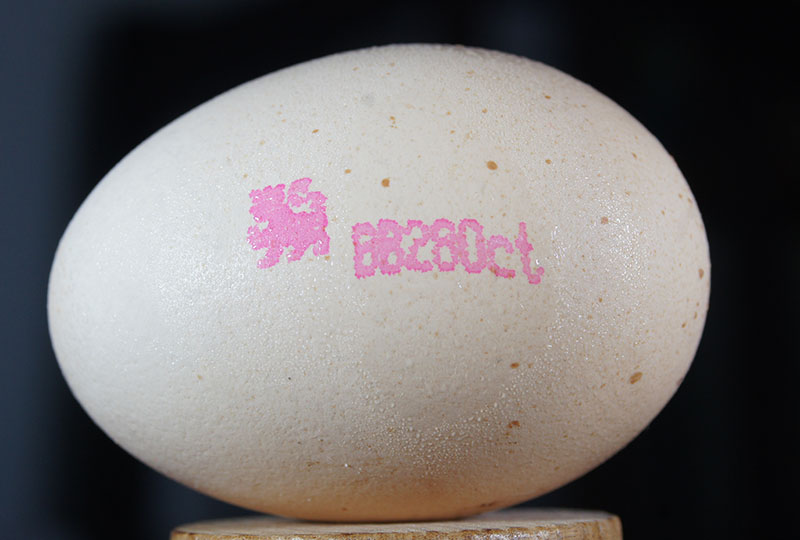
#2 a peach
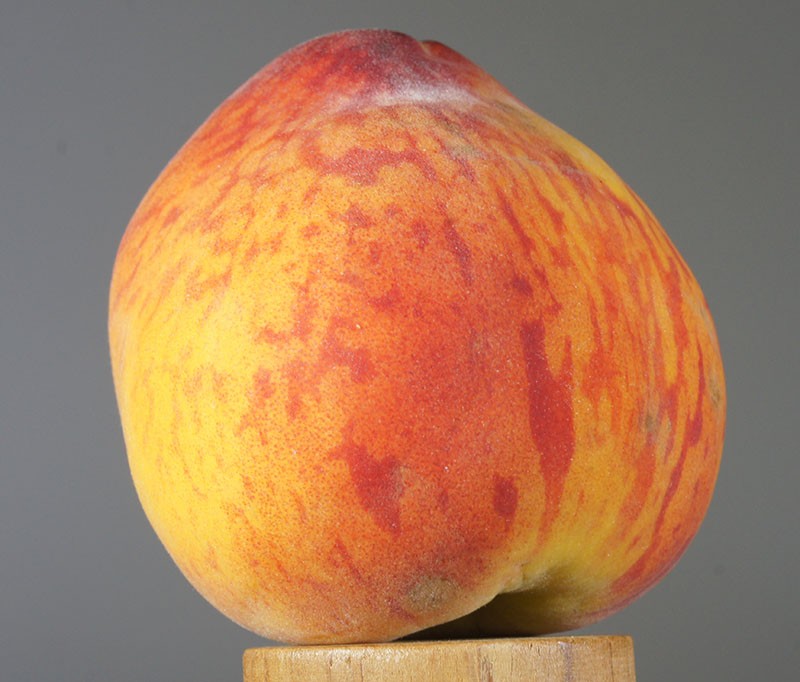
#3 Celeriac
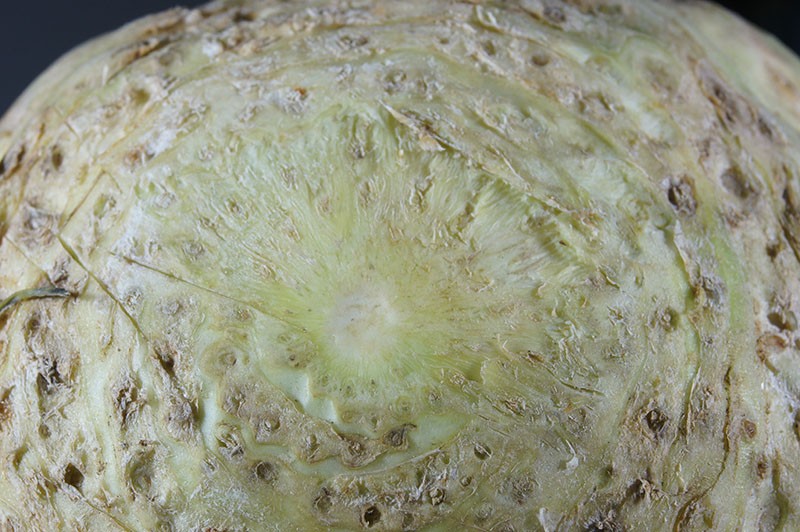
Lastly here is the setup I used to photograph these, complete with my tea which I am still drinking.
#4 Setup
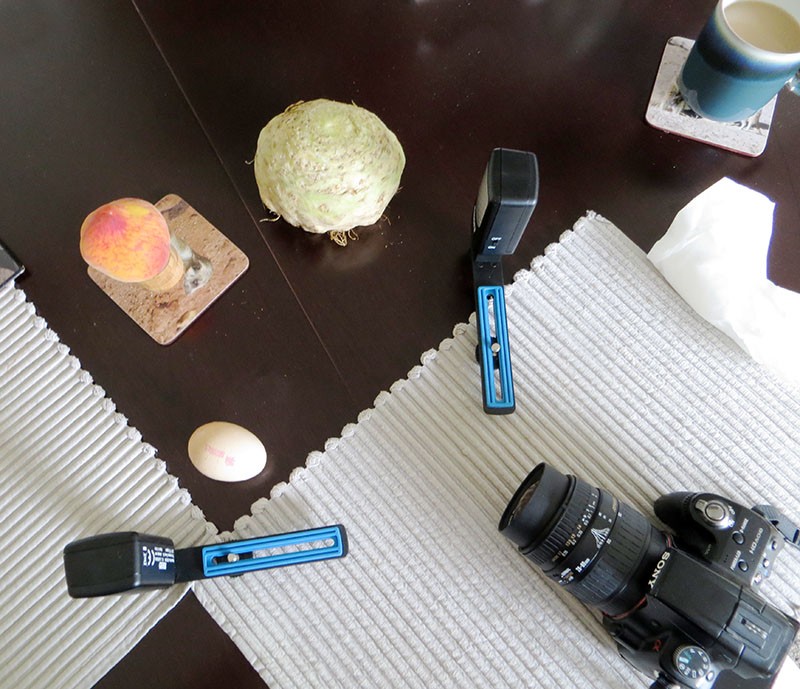
The three close-ups were taken at f/11 with ISO 400. Exposure time varied from 1/8 to 1/25th. I did not use any exposure compensation. When in the woods, I would be using a remote shutter release.
I would welcome any comments on the lighting for such situations. The great advantage of these lights is that they cost just a few pounds each.
In anticipation of the forthcoming fungus season, I bought a pair of small LED lights from Jessops. I tried these out on an egg, a peach and a celeriac. These were chosen because they provide a matt surface which would emulate various fungi. Here they are:
#1 an egg

#2 a peach

#3 Celeriac

Lastly here is the setup I used to photograph these, complete with my tea which I am still drinking.
#4 Setup

The three close-ups were taken at f/11 with ISO 400. Exposure time varied from 1/8 to 1/25th. I did not use any exposure compensation. When in the woods, I would be using a remote shutter release.
I would welcome any comments on the lighting for such situations. The great advantage of these lights is that they cost just a few pounds each.
Last edited:


